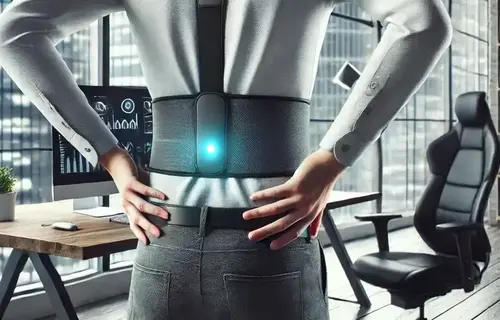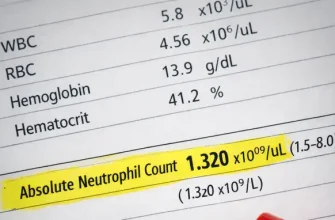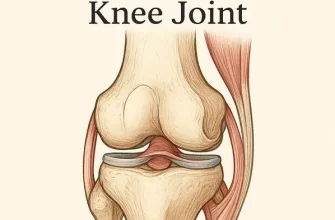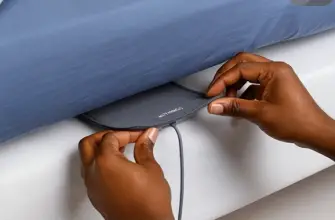Michael, a software developer in his mid-30s, often experiences lower back discomfort after long hours at his desk. Recently, he started noticing sharp pain that would shoot down his legs—a classic sign of disc herniation. Concerned about his spine health, he turned to wearable technology designed for back support and posture correction. With new wearable devices for back health, Michael found a solution that not only helped him monitor his posture but also guided him in preventing further injury.
Symptom Breakdown: What Is Disc Herniation?
Disc herniation occurs when the soft, gel-like center of a spinal disc pushes through a tear in the tougher exterior, often pressing on nearby nerves. This can result in pain, numbness, or weakness, especially in the lower back, buttocks, and legs. Here are some key symptoms that wearable devices can help monitor:
- Lower back pain: One of the earliest signs of disc herniation is pain that worsens when sitting or bending.
- Leg pain: Sciatica, or pain radiating down the legs, is a common symptom.
- Numbness or tingling: A herniated disc may compress nerves, causing sensations of numbness or tingling in the extremities.
- Weakness: Muscle weakness in the legs or feet could indicate nerve compression from a herniated disc.
Diagnostic Path: The Role of Wearable Devices in Monitoring Disc Health
With the advancement of wearable technology, there are now devices that can monitor back posture and muscle strain in real-time. These devices provide feedback that helps prevent disc herniation and reduce strain on the lower back. Here are a few key areas where wearables are most beneficial:
- Posture Correction:
Many wearables are designed to monitor and correct posture, ensuring that users maintain a neutral spine position. Devices like posture trackers or smart clothing can vibrate when they detect poor posture, reminding the wearer to straighten up, reducing the risk of herniation. - Muscle Strain Monitoring:
Smart belts and motion sensors can track the strain placed on the lower back muscles during physical activity. This allows individuals to modify their movements to avoid injury, making these devices excellent for both athletes and office workers. - Real-Time Data on Movement:
Modern wearable devices collect data on how often you move and in what positions, identifying patterns that could contribute to back issues. Some wearables come with accompanying apps that provide insights on sitting time, slouching, or repetitive movements that stress the lower spine. - Early Detection of Spinal Issues:
While not a replacement for professional diagnosis, wearables can alert users to abnormal postures and muscle strain, encouraging them to seek medical advice before more serious symptoms, such as disc herniation, occur.
Deep Dive: How Technology is Revolutionizing Back Health
The tech world has embraced the importance of spinal health, creating innovative solutions to help people prevent back injuries and improve their quality of life. Wearables for back health utilize motion sensors, gyroscopes, and algorithms to track how a person moves, sits, and stands throughout the day. Over time, this data can reveal poor habits that contribute to disc herniation, such as slouching or excessive sitting.
These devices can also be integrated with apps that provide personalized exercises to strengthen core muscles, a key component of preventing spinal issues. For example, some posture correctors now come with virtual coaches that guide users through stretches and strengthening exercises to improve spinal alignment and prevent future disc herniation.
Treatment Comparison: How Wearables Help vs. Traditional Approaches
Traditionally, back health was managed through physical therapy, ergonomic adjustments, and medication. While these approaches remain valuable, wearable devices bring a new level of insight and real-time monitoring that wasn’t available before. Let’s compare:
- Wearable Devices:
- Continuous Monitoring: Devices offer real-time feedback and track data that can be used to assess posture and back strain.
- Prevention-Oriented: By alerting users to poor posture or dangerous movements, wearables help prevent disc herniation before it occurs.
- Data-Driven: Apps associated with wearables allow users to track progress over time, leading to more informed health decisions.
- Traditional Approaches:
- Physical Therapy: Targets recovery and strengthening of muscles after injury but doesn’t offer continuous monitoring or preventative measures.
- Ergonomic Adjustments: Improving office setups or using supportive furniture helps but may not address poor habits outside of the workspace.
- Medication: Focuses on symptom management rather than prevention.
Outcome Story: Success with Wearables
After struggling with back pain for years, Sarah, a teacher, decided to try a wearable posture device. Within a few weeks, she noticed fewer episodes of pain and was able to make adjustments throughout her workday. The device reminded her to sit straight during long hours of grading and helped her track her movements. By catching her bad habits early, Sarah successfully avoided more serious issues like disc herniation, which her doctor had warned about.
Wearable Tech for Better Back Health
Wearable devices for back health are transforming the way we approach spinal care. From preventing poor posture to monitoring muscle strain, these innovative tools offer real-time insights that help individuals take control of their back health. If you’re struggling with chronic back pain or worried about disc herniation, wearable technology might be the solution to keep your spine aligned and healthy.









